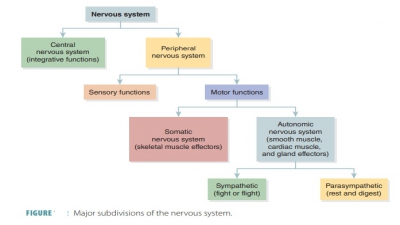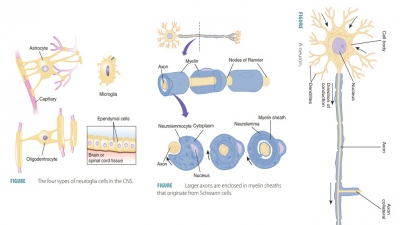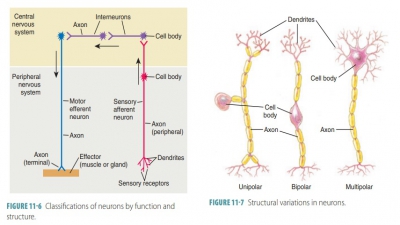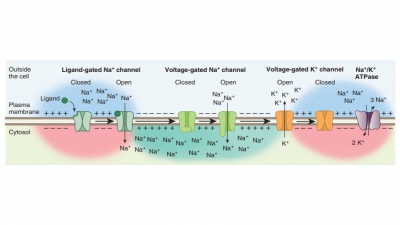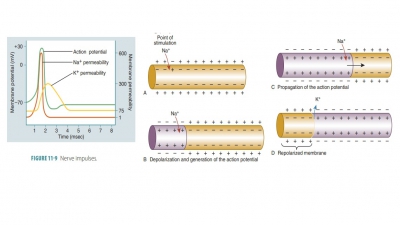Neural Tissue
| Home | | Anatomy and Physiology | | Anatomy and Physiology Health Education (APHE) |Chapter: Anatomy and Physiology for Health Professionals: Control and Coordination: Neural Tissue
The nervous system controls all other body systems and the communications between all body components.
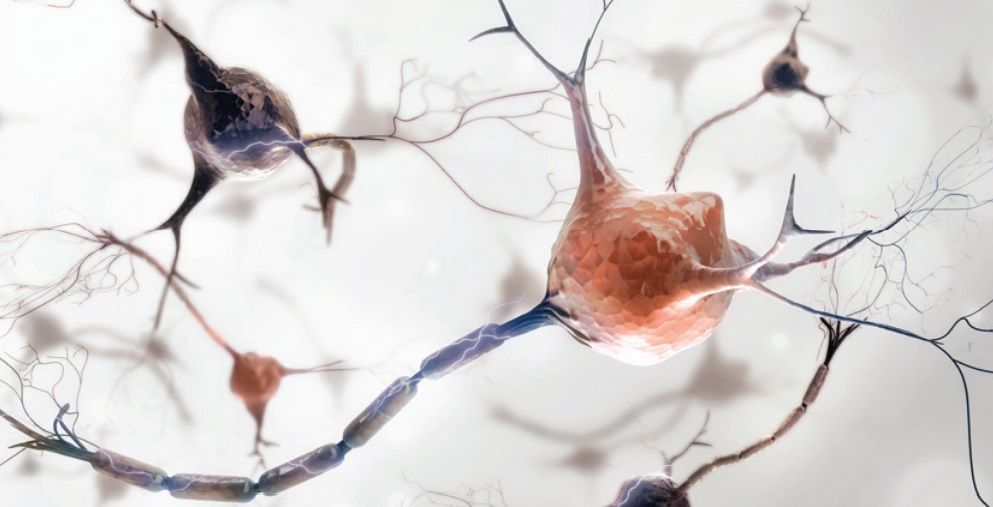
Neural Tissue
After
studying this chapter, readers should be able to:
1. Describe
the anatomical and functional divisions of the nervous system.
2. List
the basic functions of the nervous system.
3. Describe
the functions of astrocytes and oligodendrocytes.
4. Describe
the neuron and its important structural components.
5. Describe
the locations and functions of neuroglia.
6. Describe
synapses and synaptic transmission.
7. Discuss
the events that occur at a chemical synapse.
8. List
the major types of neurotransmitters.
9. Define
action potential.
10. Explain
the classifications of nerve fibers.
Overview
The nervous system controls all
other body systems and the communications between all body components. It is
involved with actions, emotions, and thoughts. Chemical and electrical signals
are used in cellular communication. They occur very rapidly, with specific
goals, and responses to these signals are almost immediate. The unit upon which
all nervous system activity is based is known as the neuron (nerve cell).
Neurons require neuroglial cells (neuroglia), which conduct phagocytosis, fill
spaces, produce compo-nents of myelin, and provide structural frameworks. There
are many more neuroglial cells than neurons in the body. Neuroglia, which
exists in both the central nervous system (CNS) and peripheral
nervous system (PNS), can divide, whereas
most neurons cannot. Neuroglia are much smaller than neurons and their
nuclei stain dark. There are approximately 10 CNS neuroglia to every one
neuron. Neuroglia form approximately half the mass of the brain. Neuroglia are
classified as astrocytes, ependymal cells, microglial cells, and
oligodendrocytes. In the PNS, the two types of neuroglia are satellite cells
and Schwann cells.


